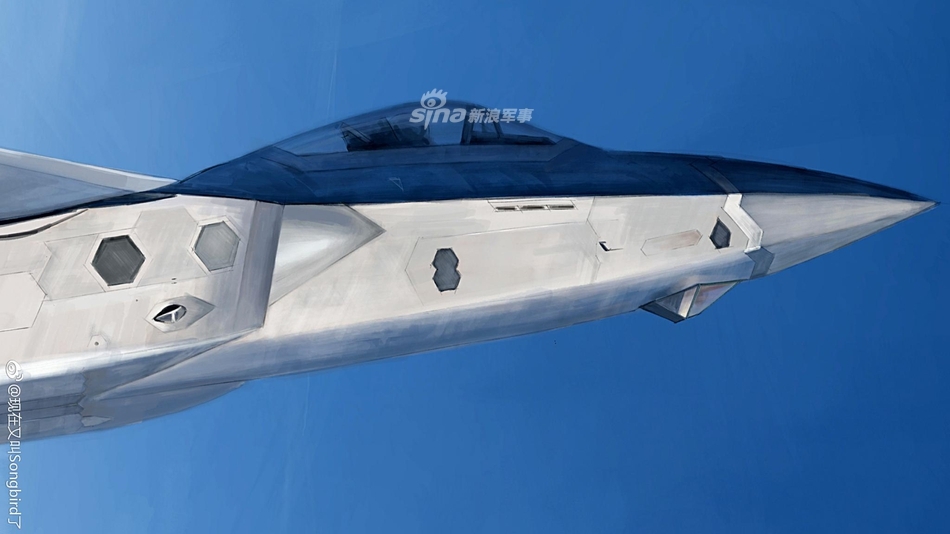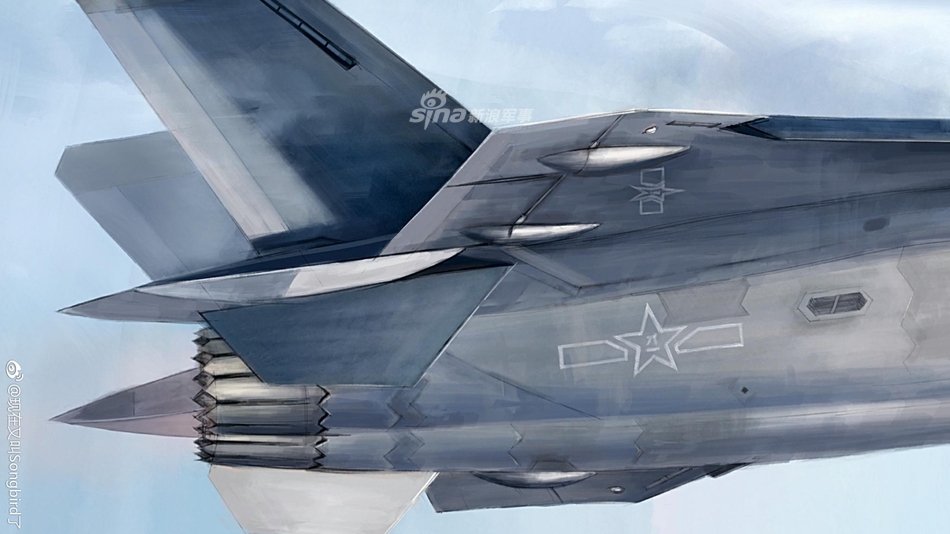Nothing much here it is
J-20 Chief Engineer Talks NextGen Hunter
BY
If the latest generation of fighter aircraft, characterized by a different degree of low observability, a strong awareness of the operational situation and increased survivability in the theater of intervention, is already beginning to enter a new era of maturity, including the programs like the F-22 and the American F-35, the Russian Su-57 as well as the Chinese J-20 and FC-31, the next-generation hunter criteria are still far from being defined.
How will an air combat take place in 15 to 20 years? What will be the role of fighter jets in future scenarios? What will be the technological requirements to meet the economic needs and the ground of tomorrow? With or without drivers? These are the questions that major air forces and aircraft manufacturers are beginning to ask themselves.
And YANG Wei (杨伟), chief engineer of the J-20 program and a member of the Chinese Academy of Sciences, gave for the first time his vision on these issues recently.
"We will define the standards of the fighter jet of the future"
"Before, we look at what others are doing and we are following," says YANG in
recent
in Beijing, "But today we are able to conceive and to provide only what the country's strategy needs. "
For this chief engineer who led several military programs at the 611 Chengdu Institute, one of AVIC's major design offices, China's military aviation sector has now entered a "kingdom of freedom", in which the armed forces can have confidence in the "Made in China" equipment and define their own strategic objectives and arms development paths, and that the industrialists can create and innovate without having to rely on the "foreign antecedents" , and show much more confidence about their own technologies.
A serial J-20 comes out of the assembly line in Chengdu (Photo: Jacksonbobo)
"We had to understand why and how others do this and that in the past, and only when we see that others are successful in these choices are we confident we will follow them and do the same at home" says the man who was promoted to head of the design office at the age of 38, "Now even if the laws of physics are the same for everyone, we are able to define our own needs that are unique, and our technological path is entirely independent. "
"I had a goal before, I wanted to reach such a level that our opponents are forced to study us. Today I have another one, I want it to be China that sets the world's next-generation hunter standards. "
J-20 is not just a "ram"
Some analysts in China described the new J-20 fighter as a "ram" used to "smash" an enemy country's air carrier, "a needle that will pierce the net". As the program's chief engineer, YANG has another understanding.
"In the current family of Chinese hunters, the J-20 is the most powerful member. And as he is the strongest Chinese carrier in air superiority, he will inevitably be used in the most critical scenarios in the fight, "says YANG," but qualifying him as a ram is a bit of a let down. "
"How to use a jet fighter also depends on its number in staffing. When the series is still small it will be deployed for some applications, but when the series is bigger it will be another story. "
According to YANG, the J-20 is still at the beginning of its history and the program is already planning to develop other variants.
"It meets the needs of the country and it was the case for the J-10 program which is still in development, we will not stop there for the J-20. "
A mix of mechanical, computer and intelligent platform
In response to the question of how will be the fighter of the future, the 55-year-old Chief Engineer speaks with some restraints.
The DMU of J-10A (Image: AVIC)
"The Americans had defined the 4S criteria for their fifth-generation fighter planes, but these criteria are not very prescriptive. Today the United States, Russia and China all have their own new generation fighter planes, but the weight placed on each of these criteria varies according to the needs and visions that are specific to each country. "
For YANG, the world's mechanical engineering has yet to cross a "threshold" before it can serve as a base for next-generation fighter aircraft. But once this threshold is passed, its contribution to efficiency and overall combat performance will be greatly reduced.
Although he did not explain what this "threshold" represents, but it is thought that this is the limit of the current aerodynamics and also that which the human body can bear.
"The key lies in computerization and (artificial) intelligence," says the one who is considered a symbol of military aviation design in China, "I think the next-generation fighter will be on the hunt for an even higher level of computerization and artificial intelligence, while relying on a good mechanical platform that remains scalable and adaptive. "
Driver, unmanned?
Faced with the question of whether drones will be the main vectors of the future, YANG thinks that (artificial) intelligence has two objectives - to help the pilot, or to replace the pilot.
"Personally I will not focus on the pilot or unmanned issue. The integrated intelligence between the man and the machine will continue to bring greater efficiency for a certain future period. "
Two J-20 of the Chinese Air Force train in a military exercise (Photo: CCTV)
In the short and medium term, YANG remains convinced that the development of military air vectors will rely on mechanical engineering, computerization and artificial intelligence. He sees in mechanics the basis and the carrier of all equipment, while computerization will be the amplifier of performance, and artificial intelligence as technology of "rupture".
"Network + and System + will be the breaking points for any development of military equipment of the future",
Henri K.



